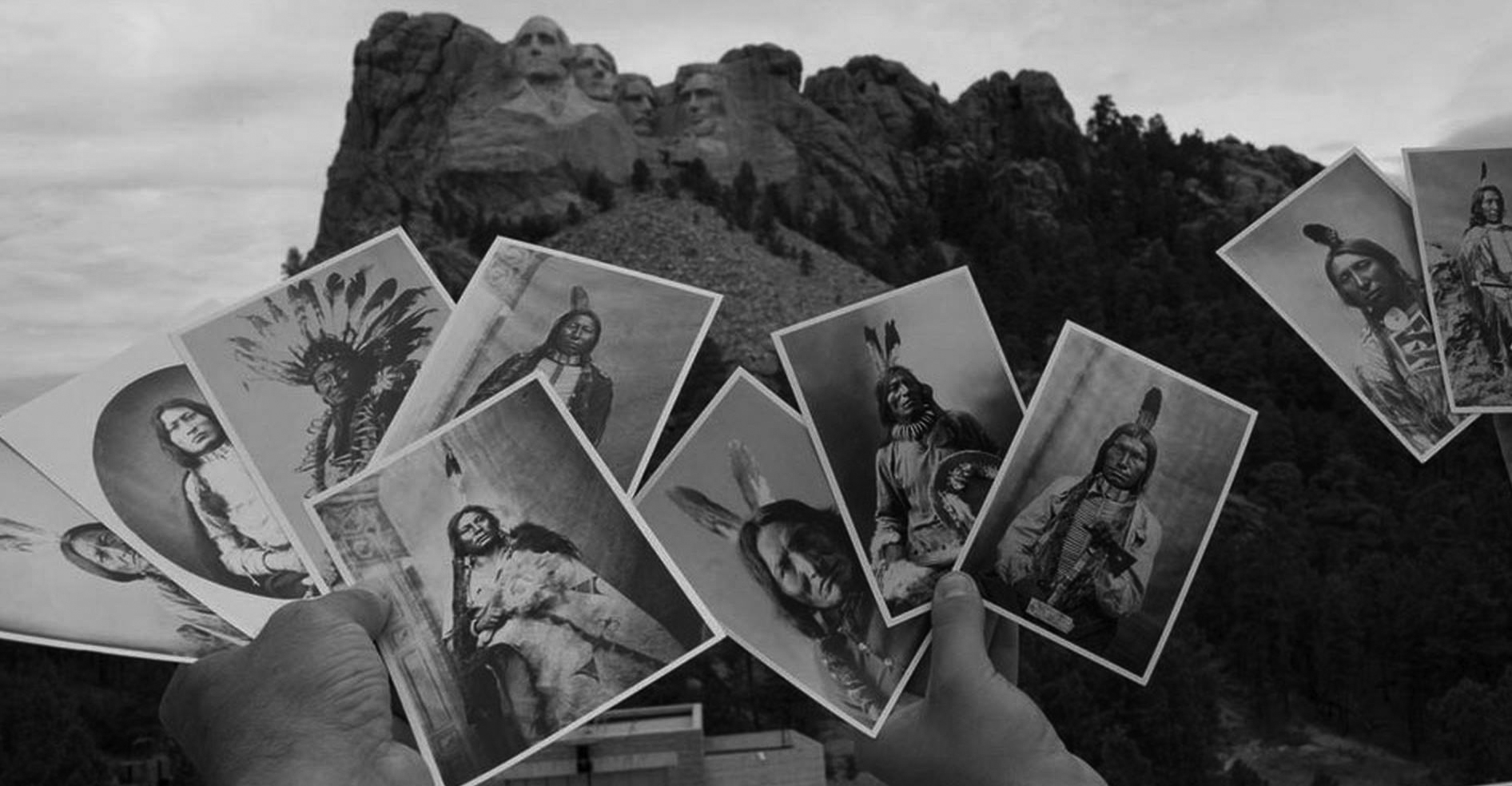Last week was Thanksgiving, a day when most American families get together to enjoy a tasty meal and each other’s company. In the lead-up to the holiday, millions of school children will receive their first lessons on Native American and colonist relations. These lessons, and most people’s current understandings of the relationship between settlers and Native Americans often fail to correspond to what actually happened.
I remember in Kindergarten dressing up as a pilgrim and— while cutting out turkey from brown construction paper— learning that Squanto taught the colonists how to plant corn. I was taught that the settlers and Natives enjoyed a meal together and gave thanks for a bountiful harvest. There was no nuance; Native Americans were a benevolent monolithic people who taught us how to grow corn. This simple, rosy portrayal of relations between settlers and the indigenous peoples belies the truth; America was forged out of a genocide.
When Europeans first put boot to earth on North American soil in 1492, there were at least 10 million Native Americans spread out across what is now the United States. Fast-forward 500 years, and the number is glaringly lower. According to the U.S. Census, in 2014 there were 2.5 million Americans who identify as only Native American, but as recently as 1900, this number was as low as 237,000 people.
Why are there millions of less Native Americans now than before European arrivals? Well, Europeans-turned-Americans stole Native American land, systematically slaughtered them, and inadvertently and intentionally gave them diseases that ravaged indigenous population numbers. There is not enough space in this article for me to fully outline the true nature of this insidious history, but offered below is a cursory summary of how Americans managed to steal the land of the original inhabitants of North America and how this past plays out in the present.
Throughout most of American history, Americans have been encroaching into land belonging to Native American tribes. In total, Americans ended up taking over 1.5 billlion acres of land from the indigenous people. The land was seized via warfare and treaty. Treaties were often intentionally vague, which allowed Americans to seize more land.
For example, historians Claudio Saunt and Rebecca Onion point to a 1791 treaty with the Cherokee, which ceded parts of Tennessee to American settlers. In the treaty, one of the boundaries of Cherokee land was described as at the “mouth of the Duck river,” a willfully vague location that “left a lot of room for creative implementation.” As Saunt noted, “Greater legality and more precision would have made it impossible to seize so much land in so short a time.” Saunt created a stunning visualization of indigenous land loss, which captures the scope of the displacement.
The colonists also brought new diseases to North America which devastated indigenous populations. Historians estimate that diseases wiped out roughly 90 percent of the Native American population.
Smallpox was the most deadly. In some instances, American soldiers intentionally gave small-pox infected blankets to Native Americans.
Underpinning America’s westward expansion was a deep seated racism toward Native Americans. American racism toward Native Americans is enshrined in our founding document, the Declaration of Independence. Thomas Jefferson wrote, “the merciless Indian Savages whose known rule of warfare, is an undistinguished destruction of all ages, sexes and conditions.” This line does accurately describe one of the parties involved; Americans.
The plight of Native Americans is not confined to the ledger of colonial history, as recent history and the present day is littered with heart-breaking examples of oppression and racial disparity. As recently as the 1970s, some hospitals in America were secretly sterilizing tens of thousands of Native American women. As of 2014, the Native American median household income was over $15,000 less than the average American family, and 1 in 4 Native Americans live in poverty, the highest rate of any race in the country. Native Americans also are more likely to lack health insurance, 2.5 times more likely to commit suicide, and generally have higher rates of alcoholism and other forms of mental illness. Finally, Native American women are more likely to experience sexual violence, often at the hands of non-Native Americans, at a rate 2.5 times higher than non-Hispanic white women.
Despite the staggering rates of poverty and mental illness, it is important to note that Native American culture remains vibrant and diverse; they are not just hapless, agentless victims. Native Americans have bravely fought for America in multiple wars, from breaking codes in World War II, to serving in the Vietnam war at a higher per capita rate than any other ethnic group. There are 566 federally recognized tribes spread out across 326 reservations in America. Some Native Americans are celebrated authors, while others are famous scientists. Many Native Americans still speak their native languages and partake in traditional ceremonies. And some Native American groups, like the Sioux tribe, have fought with tenacity to protect their tribal land and the environment.
My early lessons consisting of Squanto, corn, and construction paper turkeys clearly do not reflect the true nature of Native American history vis-a-vis American expansion. As a country, we need to be more honest about our nation’s dark past.
The forced displacement, eradication, and sterilization of different ethnic groups is a genocide. This horrifying past translates into a unfair present, where Native American tribes are, on average suffering at a higher rate than the average American. Instead of just celebrating Thanksgiving, we should be mindful of the truth. Thanksgiving is more accurately described as Thanks-taking.



